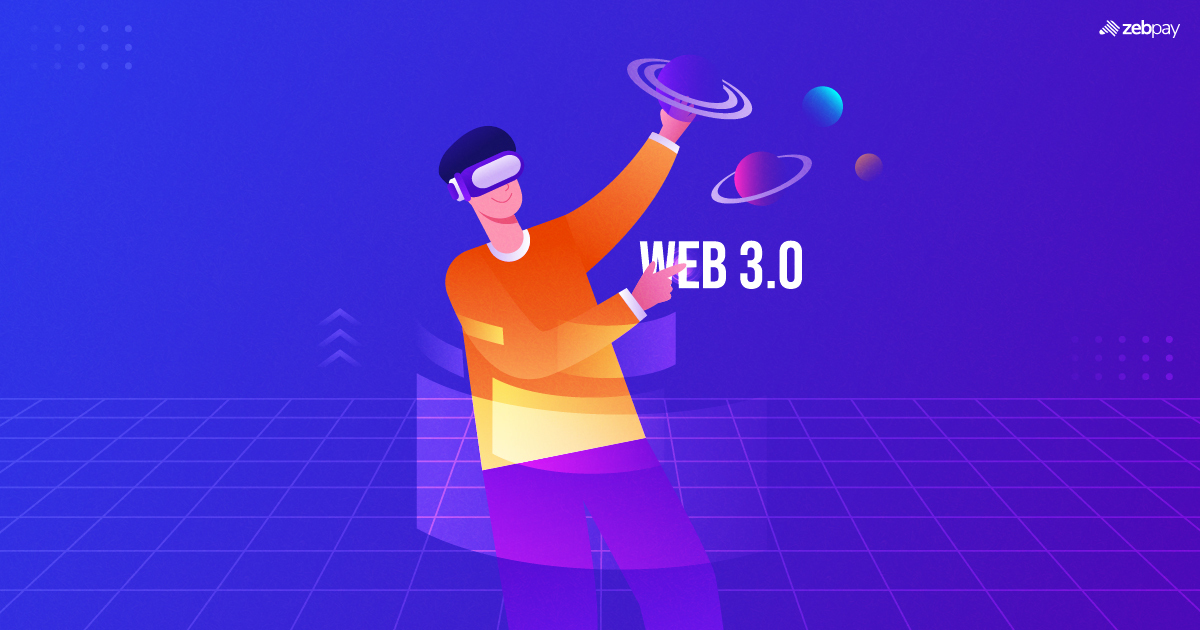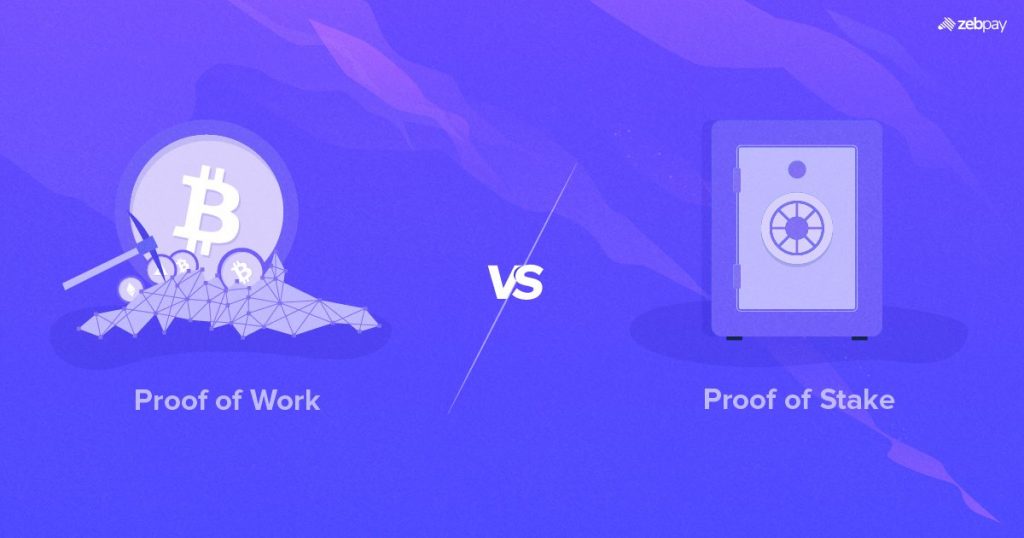Web3 is the concept of the next version of the Internet, where users are connected using decentralized networks and have control over their data. In Web 2.0, tech conglomerates controlled and exploited user data, but in Web 3, users have complete ownership of their data. Users can choose which information to share with advertising companies and businesses. DApps in Web3 will not have their access restricted or censored. User experience in Web3 applications is vital for developers, as it determines how users interact with their products.
Understanding User Experience in Web3
User-centric design principles
Design solutions must be user-friendly for the mass adoption of the Web3 application. Designers must work side by side with engineers to ensure the usability and accessibility of the Web3 application.
Balancing decentralization and convenience
Trust and transparency are vital features of Web3 applications since they are decentralized. User expectations should be managed by clearly communicating the capabilities of the Web3 app.
Read more: What is Web 3.0
Designing Intuitive User Interfaces (UI) for Web3
Blockchain information should be placed strategically, and users should not feel overwhelmed by the information but guided by it. Designers can progressively increase a user’s exposure to blockchain concepts. Simplifying blockchain concepts and separating users into levels can help avoid overwhelming them with information.
One of the vital issues in onboarding new users to Web3 is providing easy and secure NFT checkouts and fiat-to-crypto transfers. Users may hesitate to invest in crypto without a convenient way to convert their fiat money to crypto. Therefore, designers needs to create easy checkouts.
Improving Web3 Application Performance
Web3 applications will require users to first connect to a wallet before starting crypto transactions. The app should show the state of completed transactions, communicate wait times clearly to users, and manage expectations through constant feedback.
Layer-2 blockchain solutions will play a vital role in the adoption of Web3 technology as they facilitate faster and quicker transactions. They also enable developers to build more innovative dApps, as now they are limited by the scalability of the main blockchain.
Read more: Future of Web3 in Ecommerce
Enhancing Security and Trust in Web3

Educating users about various security best practices is the first line of defense against online attacks. It is vital to educate them about security best practices such as using strong passwords and multi-factor authentication.
Multi-factor authentication, or MFA, is a way to verify a user’s identity through multiple authentication methods. This security feature can include a password, biometric data, or a hardware key. It is a critical security measure as it can stop unauthorized access to your digital accounts even if your password is hacked.
Designers can integrate a feature in Web3 applications to notify users of new audit reports. They can summarize the complex sections of the audits to understand them better.
Enabling Seamless Interactions with Blockchain
Crypto wallets are the most widely used blockchain services and are distributed and open-source. The UX design of these wallets can be hard as they need to be compatible with different devices and systems. Designers find creative ways to make the user experience as consistent as possible for users across multiple platforms. Designers need to answer a few questions to enable seamless interactions with blockchains, such as how to make sure the user has complete control over their data, identity, or crypto assets.
Community Engagement and Support
Web3 applications have different users with different habits and backgrounds. Hence, it is vital to understand the needs of the user community and design applications that cater to their needs. Incorporating community engagement into the Web3 design process can help develop and test products better. Involving the user community can also build a sense of ownership in the Web3 product and promote collaboration. Web3 can implement strategies like surveys, feedback, and interviews to foster community engagement and garner support for its products. Effective feedback is vital to maintaining user trust and improving application functionality. Helpful feedback and quick resolution of issues can create a positive user experience. It is vital to provide users with clear feedback on the results of their actions to improve the overall experience with a Web3 application.
Read more: Web 3.0 vs Web 2.0
User-Centric Data Management in Web3
Web3 identity systems enable users to manage their digital identities in a decentralized manner and are built on the principles of freedom and privacy. Web3 users are in complete control of their data and are not reliant on a centralized entity to manage their digital identity. Users have the option to remain anonymous or link their digital identity to their real-world identity in Web3.
Future Trends in Web3 User Experience
Artificial Intelligence, or AI, can enhance the user experience in Web3 applications as it can create a more customizable and engaging experience for users. AI can tailor content and services that suit your needs better by analyzing user interaction patterns, browsing history, and other user data. AI can offer high levels of personalization that can enhance the user experience in Web3. It has the potential to foster deeper user engagement with Web3 applications.
Conclusion
Users expect Web3 to completely transform the way we interact with the web and enhance the user experience. Poorly designed apps lead to poor user experiences, and users can reject the concept of an application. Web3 design should be simple and intuitive to target the right audience for its ecosystem. User experiences in Web3 should be familiar and gradually lead users to the complex and innovative Web3 world. Developers and designers should maintain this balance to create better user experiences in the Web3 ecosystem.
Visit ZebPay blogs to stay up to date about the latest crypto news. Join the millions of traders already using ZebPay.







